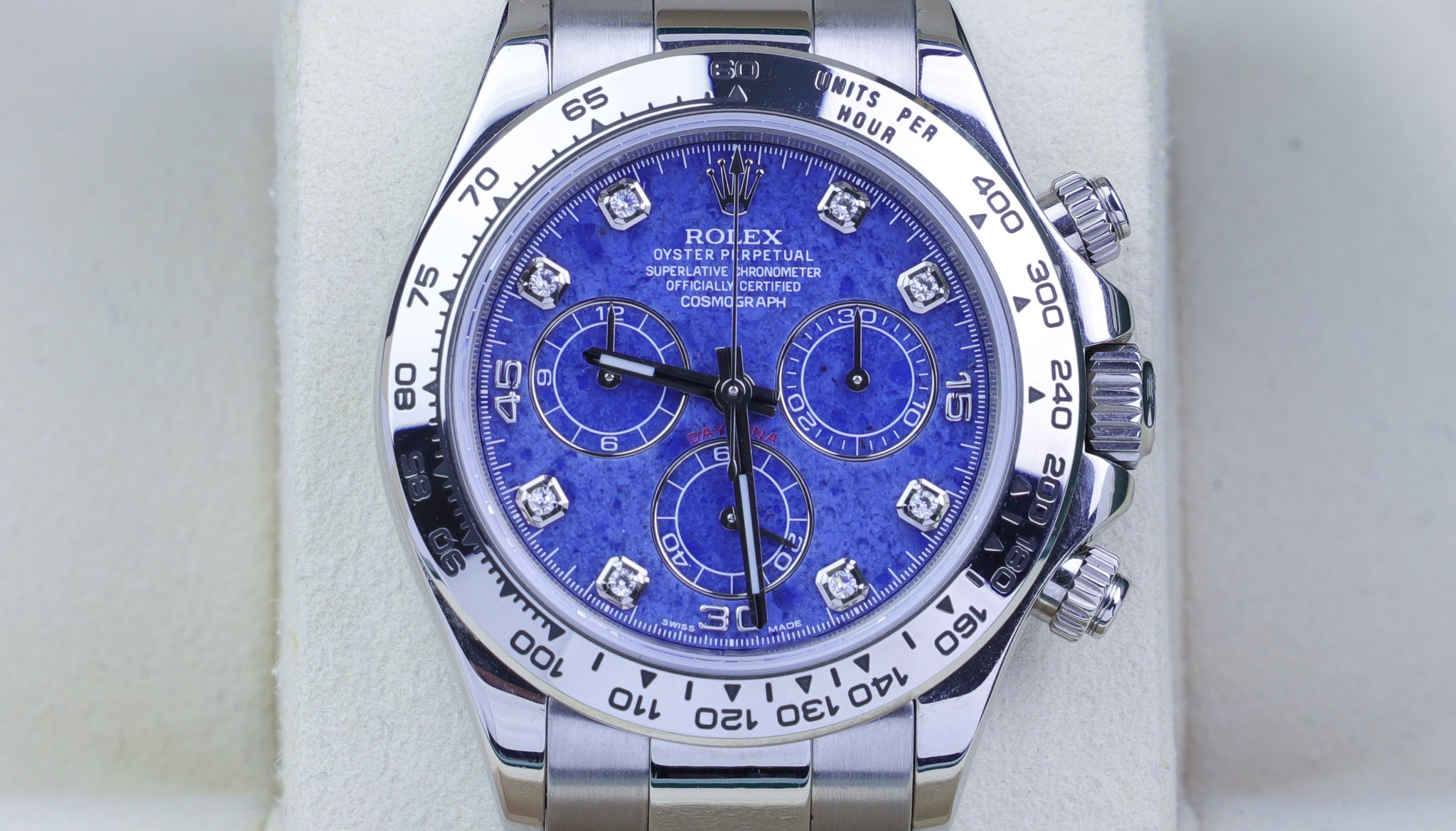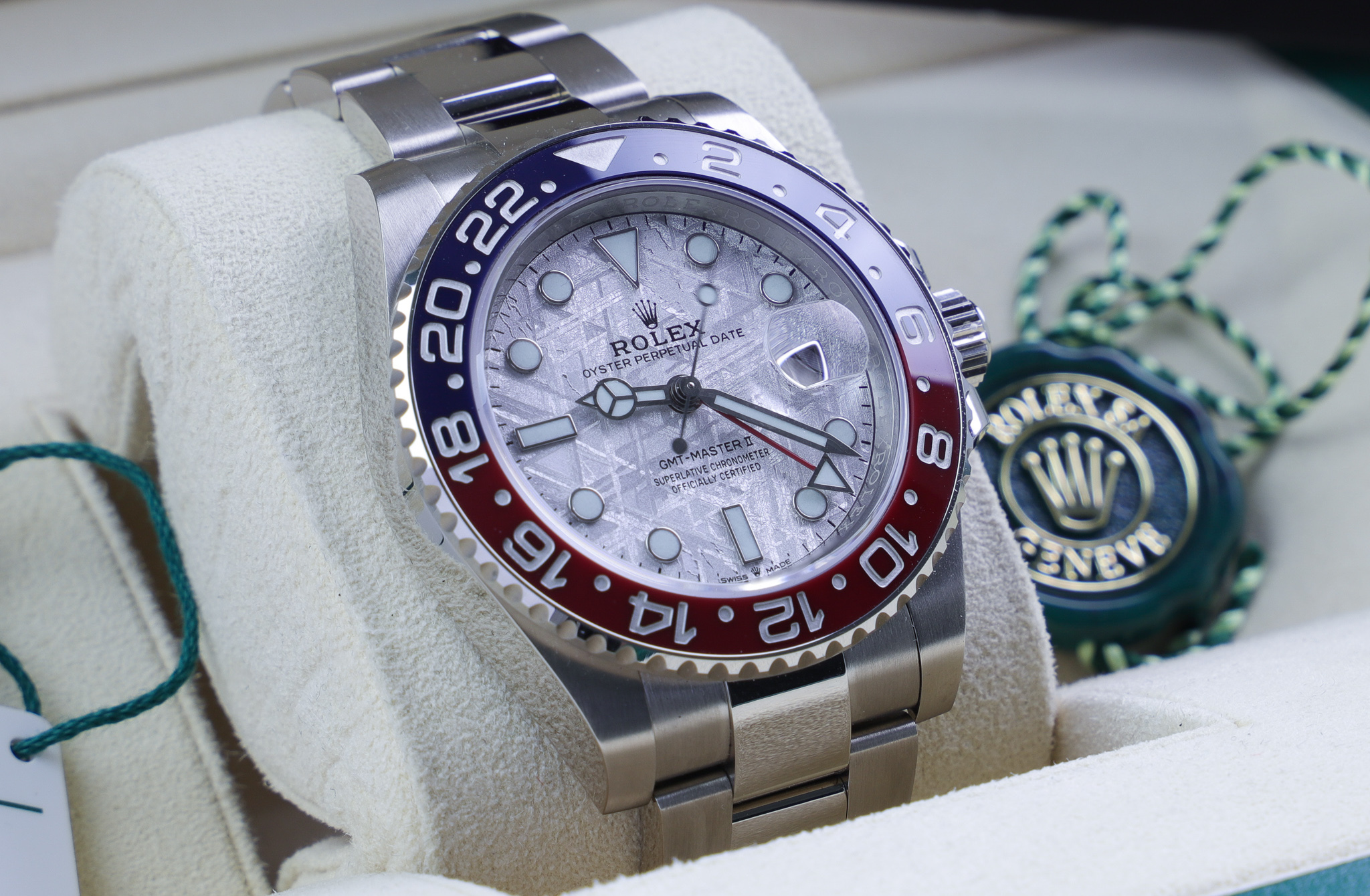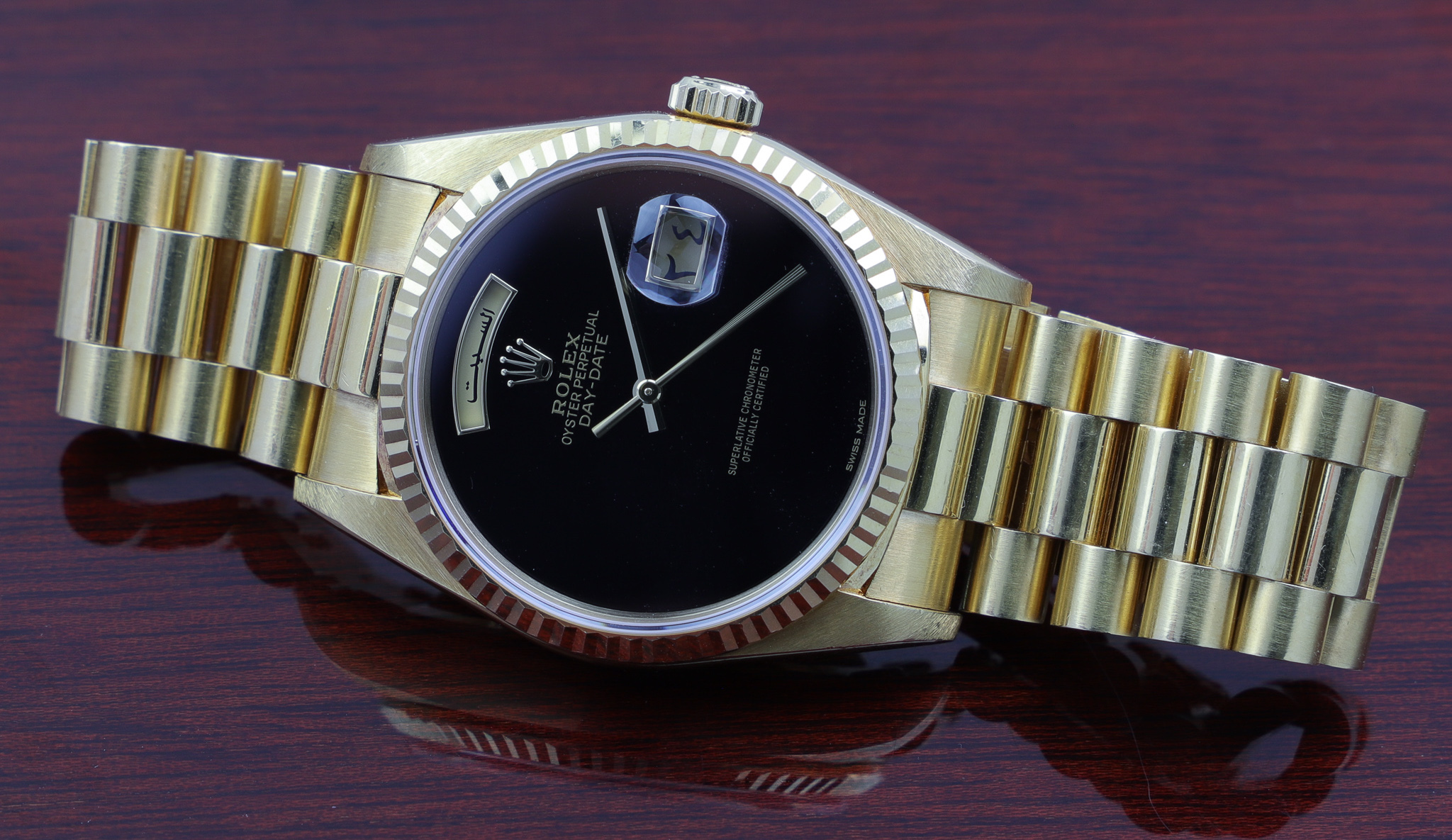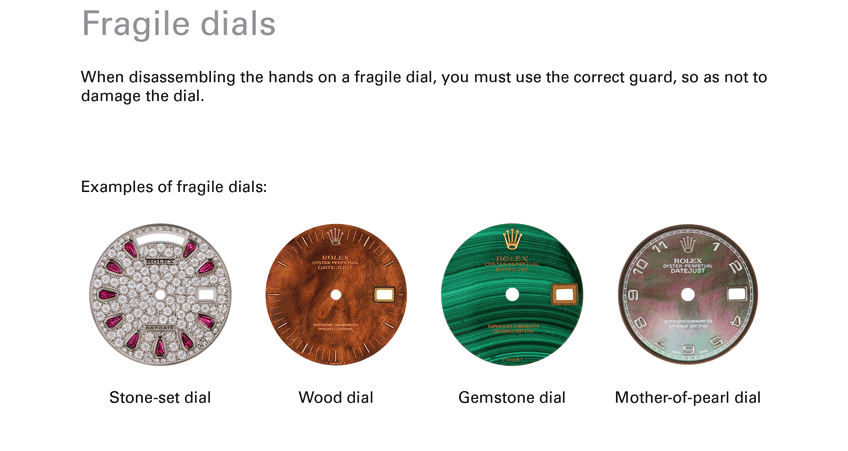
Does A Rolex Stone Dial Crack Easily?
Some Rolex models have been or are still being manufactured with various stone dials. Rolex collects the material from different resources which could be Sodalite, Coral, Meteorite, Onyx, or Lapis Lazuli. Because each and every stone is different, the result is that no dial is exactly the same as the other, making each timepiece truly special.
Not only are these dials quite expensive to start with, but they are also extremely rare, making them sought-after by collectors. Some more than others, of course.
However, despite the fact that the dials are rare and expensive, stone dials are very fragile and should be treated carefully, not only during the production but also once they have been installed in a watch. In this article, we’ll cover how fragile a stone Rolex dial is, and hopefully guide you through the big question: Does A Rolex Stone Dial Crack Easily?
Which Stone Dials Does Rolex Use?
Rolex uses a bunch of different types of stones for its watches, or at least, they have. Some are still in production whilst others are no longer in production. Because stone dials are both difficult to manufacture and are meant to be exclusive, Rolex does usually not
The most important stones Rolex has used for watches are:
- Meteorite
- Onyx
- Malachite
- Mother of pearl
- Lapis lazuli
- Rubellite
- Sodalite
- Coral
- Opal
- Ferrite
- Jadeite
- Chrysoprase
- Bloodstone
If you are interested in a complete list of stone dials, we have compiled a list here.

In regards to how Rolex chooses stone dials for its models, it doesn’t seem as if there is a logical order in which Rolex selects watches to fit with stone dials.
For instance, although the Lapis Lazuli stone mostly can be seen on Day-Date 36mm or Datejust 36mm, there have been extremely rare Lapis Lazuli dials for the Submariner in yellow gold reference 16618LB. In other words, it’s not just dress watches, and it’s not just a certain model. They can be seen in sports watches like the Daytona, and they can be seen in elegant watches such as the Day-Date.
Over the years, we can also see how the demand for stone dials has increased, but also how Rolex has limited the supply of certain dials.
Although the supply changes from Rolex, it has been possible to order the Onyx dial for instance to any Day-Date 36mm as a service part, even if your watch originally did not come with an Onyx dial.
But as of 2022, the dial is marked as an “Exchange Only” dial part, which means that the dial can only be ordered if you already have one that is damaged or broken in some way and needs to be replaced. Certain stone dials, for instance, the Coral (although it technically is not a stone at all), have also been eliminated from the Rolex catalog and cannot be ordered as an exchange dial even if you already have one, or are looking to order it for the first time.
Of course, Rolex does not give an answer to why this has happened, but it’s safe to assume that due to the eradication of the sea life, Rolex has decided to not harvest and manufacture coral dials anymore.

Why are Rolex Stone Dials Fragile?
The reason why a stone dial is so fragile is because of the nature of the material. Stone is a fragile material by nature. Especially when it is only a thin sheet of stone, like a watch dial.
When Rolex makes these dials, they cut out the stones and try to select the best part of each stone so that they look as good as possible. But naturally, stones have marbling and small air pockets that create small fragile areas of the dial. Because of this, even though the movement and the rest of the watch are heavily shock resistant, the dial is more fragile and needs to be treated carefully whilst wearing on the wrist. If a watch is subject to a shock, it may ultimately cause the dial to crack or get damaged.
Exchange and removal of Rolex stone dials
Because stone dials are so sensitive, Rolex gives clear instructions to watchmakers on how they should handle them in the case they need to remove a stone dial from a watch. Rolex treats mother of pearl and pavé dials the same as stone dials since they are equally fragile. Mother of pearl has a similar nature as the stone dials and is also quite prone to cracking. In particular in the center when a watchmaker uses tools to remove the hands.
The challenge with removing a stone dial is that you first need to remove the hands. When you remove the hands, you put a sheet of protection on top of the dial and then use a special tool that applies pressure on the dial and pushes the hands upwards. When the pressure is applied to remove the hands, there is an increased risk that the dial will ultimately crack.

The following dials are classified as “fragile dials” and therefore need to be handled with care to avoid the risk of them cracking or breaking:
- Stone-set dial
- Wood dial
- Gemstone dial
- Mother of pearl dial
All of these are very sensitive by nature and can therefore not be handled the same way as standard dials. And if they are, the result is often that they crack or get damaged.
As such, Rolex watchmakers are required to use a particular dial protector that has specifically been developed for the removal of the hands on stone dials. Rolex specifically advises watchmakers not to use plastic dial protectors for this purpose.




